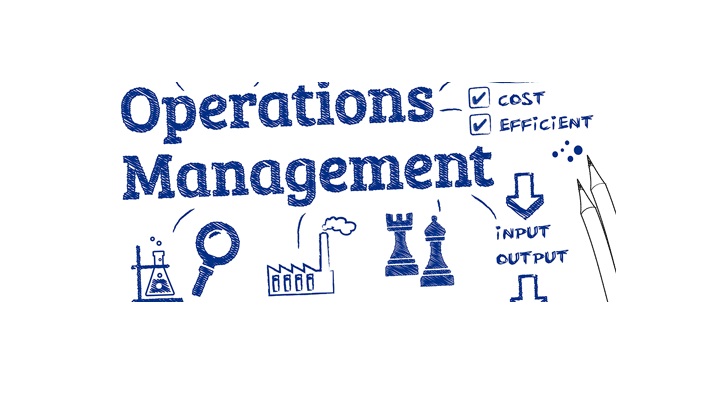
How Staff Automation Improves Productivity in Organizations
In today’s fast-paced business environment, organizations are constantly seeking ways to enhance efficiency and boost productivity. One effective strategy gaining traction is staff automation. By leveraging technology to automate repetitive tasks, companies can significantly improve their operational workflows and empower employees to focus on more strategic initiatives. This article explores how staff automation enhances productivity within organizations.
Understanding Staff Automation
Staff automation refers to the use of technology to perform tasks that would typically require human intervention. This can include automating processes such as data entry, scheduling, communication, and reporting. The goal of staff automation is to streamline operations, reduce manual effort, and minimize the risk of errors. By doing so, organizations can create a more efficient work environment where employees can concentrate on high-value tasks.
1. Reducing Manual Workload
One of the most immediate benefits of staff automation is the reduction of manual workload. Many employees spend a significant portion of their day on repetitive tasks that do not require critical thinking. Automating these tasks frees up valuable time, allowing employees to shift their focus toward more important projects.
Example:
For instance, automating data entry processes using tools like WorkForce Sync can save hours of manual work each week. This not only enhances productivity but also allows staff to engage in tasks that require creativity and problem-solving skills.
2. Enhancing Accuracy and Consistency
Error is a common challenge in manual processes, especially when tasks are repetitive. Staff automation minimizes the risk of mistakes by ensuring that tasks are performed consistently and accurately. This is particularly important in areas such as finance, HR, and customer service, where errors can have significant consequences.
Example:
Automating payroll processing can reduce errors in calculations and ensure timely payments, building trust with employees and improving overall satisfaction.
3. Streamlining Communication
Effective communication is essential for productivity, yet it can often be disrupted by manual processes. Staff automation tools can streamline communication by automating notifications, reminders, and updates. This ensures that important information is shared promptly and reduces the likelihood of miscommunication.
Example:
Using automation platforms like Slack, organizations can set up automated reminders for meetings or project deadlines. This keeps team members informed and aligned without the need for constant manual follow-ups.
4. Empowering Employees with Better Tools
Staff automation provides employees with better tools to manage their workloads. By implementing automation solutions, organizations can equip their teams with technology that enhances efficiency and simplifies processes. This empowerment can lead to greater job satisfaction and increased productivity.
Example:
Project management tools like Asana or Trello offer automation features that allow teams to automate task assignments and status updates, freeing up time for strategic planning and execution.
5. Improving Collaboration
Automation fosters better collaboration among team members. By streamlining workflows and facilitating communication, staff automation helps teams work together more effectively. Automated systems can provide a centralized platform for sharing information and coordinating efforts.
Example:
With tools like Microsoft Teams, employees can automate task assignments and track progress in real-time, ensuring everyone is on the same page and reducing the need for lengthy email threads.
6. Enabling Data-Driven Decision Making
In a data-driven world, organizations must leverage analytics to make informed decisions. Staff automation tools often come equipped with analytics capabilities, providing valuable insights into business operations. By automating data collection and analysis, organizations can make quicker, more informed decisions.
Example:
Sales automation tools can analyze customer interactions and sales data, helping teams identify trends and opportunities for improvement. This data-driven approach allows organizations to act swiftly and strategically.
7. Facilitating Scalability
As businesses grow, scaling operations can become increasingly challenging. Staff automation allows organizations to scale their processes without the need for proportional increases in staffing. Automated systems can handle larger volumes of work without compromising quality.
Example:
A growing e-commerce company can automate order processing and inventory management, enabling it to efficiently handle increased demand during peak seasons without the need to hire additional staff.
8. Enhancing Employee Satisfaction
When employees are relieved of mundane tasks through staff automation, job satisfaction tends to increase. Automation allows them to engage in more meaningful work, fostering a sense of purpose and accomplishment. This can lead to higher retention rates and a more motivated workforce.
Example:
Employees who can focus on creative projects or client interactions are likely to feel more fulfilled in their roles, contributing to a positive workplace culture.
9. Supporting Continuous Improvement
Staff automation encourages a culture of continuous improvement. By analyzing automated processes, organizations can identify areas for enhancement and optimization. This iterative approach ensures that operations remain efficient over time.
Example:
Regularly reviewing automated workflows can help organizations pinpoint bottlenecks or inefficiencies, allowing them to refine processes and boost productivity further.
10. Preparing for Future Challenges
As technology continues to evolve, businesses must adapt to stay relevant. Investing in staff automation positions organizations to take advantage of future advancements. Automation is not just a trend; it is becoming a fundamental aspect of how businesses operate.
Example:
By adopting automation tools early, organizations can better prepare for future challenges and opportunities, ensuring they remain agile and competitive in a constantly changing landscape.
Conclusion
In conclusion, staff automation is a powerful strategy for improving productivity in organizations. By reducing manual workloads, enhancing accuracy, and streamlining communication, automation empowers employees to focus on high-value activities that drive growth and innovation. As businesses continue to navigate the complexities of the modern world, embracing staff automation will be essential for achieving long-term success and maintaining a competitive edge.





